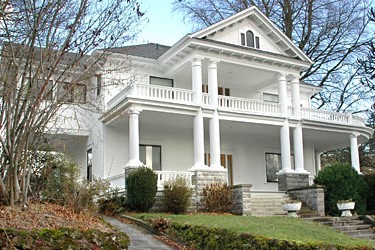The tools and guidance in this section, developed by various agencies and industry experts, are meant for the purpose of supporting the rehabilitation and historic preservation of historic buildings and sites. These resources will assist property owners to develop their Certificate of Appropriateness applications, nominate a property, and understand the basic tenants of historic preservation principles.
Preservation Briefs
Preservation briefs were developed by the National Park Service to “help historic building owners recognize and resolve common problems prior to work.” They are practical, technical guidance for how to preserve, rehabilitate and restore historic buildings. They outline the sensitivities required when treating and working with historic materials. The briefs recommend methods and approaches that are consistent with a building’s historic character and are especially useful to applicants who want to utilize the Historic Preservation Tax Incentives Program.
There are 50 Preservation Briefs, all available as PDF files. They are organized alphabetically by topic below and are grouped for external, internal and other modifications.
Preservation Technical Notes
These documents are historic preservation case studies that provide practical information on traditional practices and innovative techniques. They also explore exterior and interior rehabilitation activities. Topics include:
Secretary of the Interior’s Standards
Under the 1966 National Historic Preservation Act, the Secretary of the Interior was charged with establishing professional standards for the treatment of historic properties. These standards provide guidance to building owners, architects, contractors, consultants, and other professionals who work on historic properties. Following these standards is a requirement for projects that receive any federal funding, but they are also used as guidance for work on any property that is listed on a historic register.
Sustainability through Preservation
Historic preservation makes significant contributions to sustainability efforts across the country. It is well documented that the “greenest” building is one that’s already built. Find out more here.
Lending Library
The Historic Preservation Commission has curated a lending library with the purpose of providing resources to property owners with heritage listings, future applicants, and the general public interested in historic preservation. View the list of lending library books and how to access them here.
Other Technical Preservation Resources
- Certificate of Appropriateness - Properties on the Clark County Heritage Register may require a Certificate of Appropriateness before work can be done to the property that affects its historic features or requires a building permit. Find out more here.
- Nominate a Property - Historic sites can be nominated for listing on various registers.
Find out more here.

